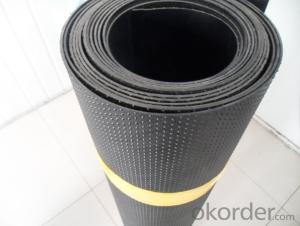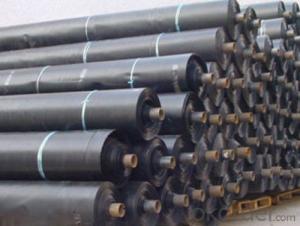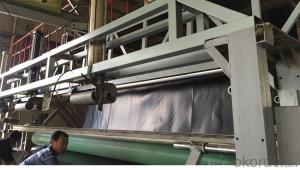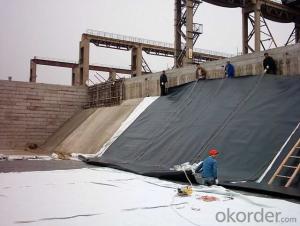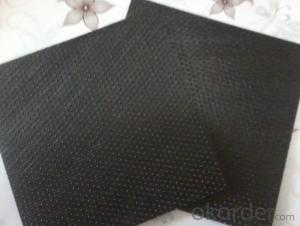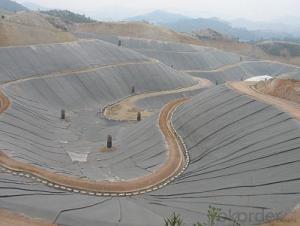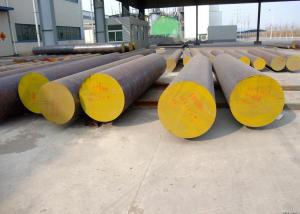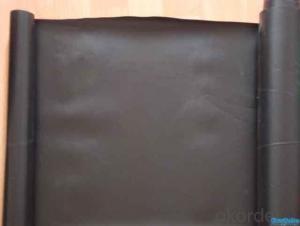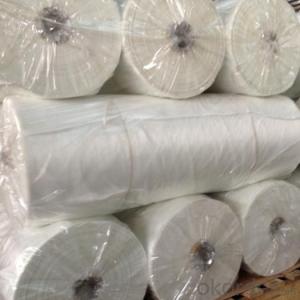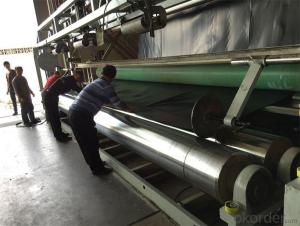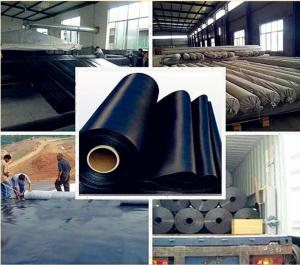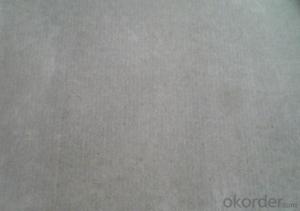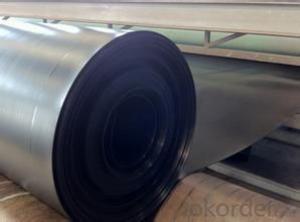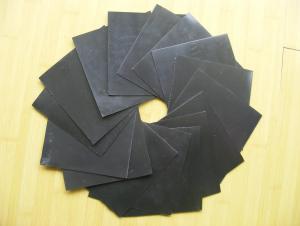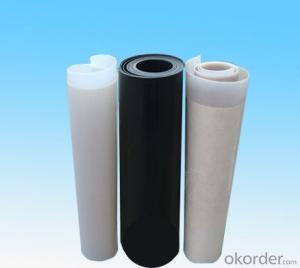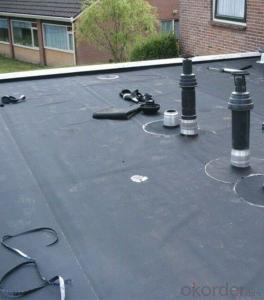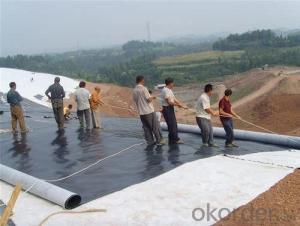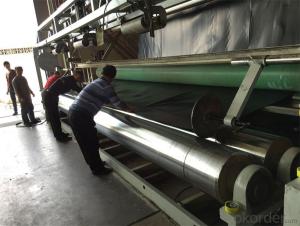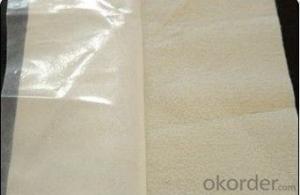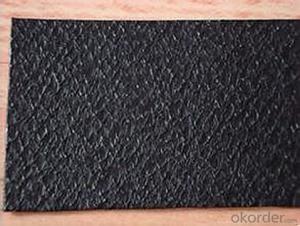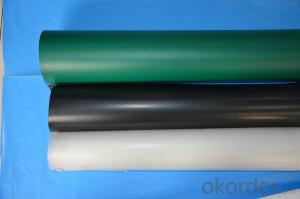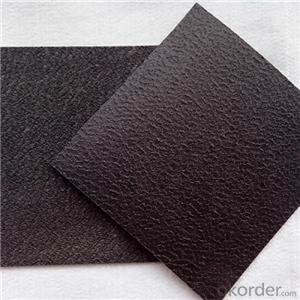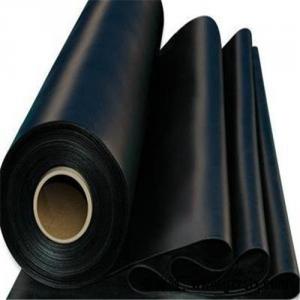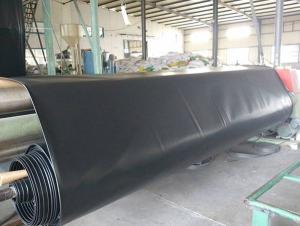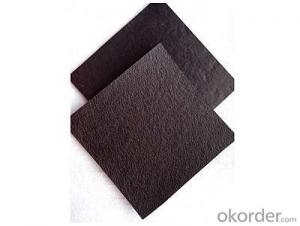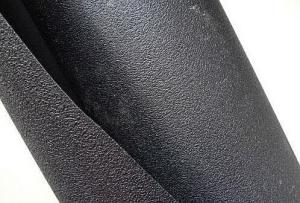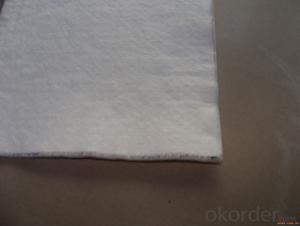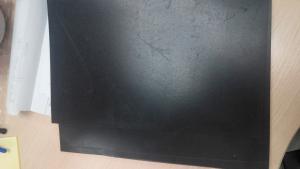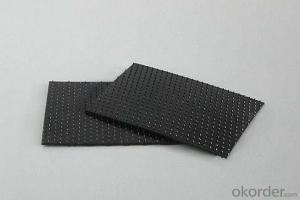Geomembrane Liner Specification
Geomembrane Liner Specification Related Searches
Geomembrane For Landfill 6 Stainless Steel Chimney Liner Stainless Steel Chimney Liner Grill Fish In Aluminum Foil Bake Fish In Aluminum Foil Geomembrane In Hdpe Geomembrane In Pakistan Grill Fish Aluminum Foil Baked Fish Aluminum Foil Grilled Fish Aluminum FoilHot Searches
China Pvc Geomembrane China Geomembrane Roll Sheet Scaffolding Manufacturer In Mumbai Hdpe Geomembrane Sheet Price Hdpe Geomembrane China China Geomembrane Geomembrane China Hdpe Geomembrane Price Geomembrane Liner Price Geomembrane Price Black Plastic Plant Pots Wholesale Wholesale Hdpe Geomembrane Roll Geomembrane Factory Wholesale Liner Hdpe Geomembrane Spring Manufacturer Singapore Bistable Spring Manufacturer Wholesale Geomembrane Hdpe Wholesale Hdpe Geomembrane Geomembrane Market Size Upvc Roofing Sheet Manufacturer In IndiaGeomembrane Liner Specification Supplier & Manufacturer from China
Okorder.com is a professional Geomembrane Liner Specification supplier & manufacturer, offers integrated one-stop services including real-time quoting and online cargo tracking. We are funded by CNBM Group, a Fortune 500 enterprise and the largest Geomembrane Liner Specification firm in China.Hot Products
FAQ
- nan
- Solder skips should be avoided with particular attention.
- Geomembranes contribute to the prevention of soil erosion in slope stabilization by providing a protective barrier between the soil and external forces such as water and wind. These impermeable membranes effectively reduce the infiltration of water into the soil, preventing it from becoming saturated and prone to erosion. Additionally, geomembranes can enhance the stability of slopes by reinforcing the soil and increasing its shear strength. This helps to prevent soil movement and slippage, reducing the risk of erosion and slope failure.
- Yes, geomembranes are generally resistant to fungal growth due to their impermeable nature and the use of materials that are not conducive to fungal growth.
- Geomembranes play a crucial role in stormwater detention and retention systems by providing a reliable barrier that prevents water from infiltrating the ground. They act as liners or covers in these systems, effectively containing the stormwater and preventing it from seeping into the soil. This containment allows for the controlled release, treatment, or storage of stormwater, helping to manage excessive runoff, reduce flood risks, and protect water quality.
- Yes, geomembranes can be used in stormwater detention systems. Geomembranes are impermeable liners that can effectively contain and manage stormwater runoff, preventing it from infiltrating the ground. They can be used to line detention ponds, basins, and other stormwater management structures, helping to reduce flood risks and control water flow.
- The installation requirements for geomembranes on slopes include proper surface preparation, adequate anchorage, and careful handling. The slope should be cleared of any vegetation, rocks, or debris that could damage the geomembrane. The surface should be compacted and smooth to ensure proper adhesion. Anchorage methods like trenching or batten bar systems should be used to secure the geomembrane on the slope. Care should also be taken during handling to prevent punctures or tears. Additionally, proper slope engineering and design considerations should be followed to ensure stability and prevent slippage of the geomembrane.
- Geomembranes prevent leakage by acting as a barrier or liner between the soil or substrate and the fluid or material being contained. They are made of impermeable materials, such as synthetic polymers, which do not allow the passage of liquids or gases. This prevents any leakage from occurring and helps to maintain the integrity of the containment system. Additionally, geomembranes are installed using proper techniques, such as overlapping and sealing, to ensure a tight and secure barrier that further minimizes the risk of leakage.
- nan
- Unidirectional geogrid is shaped by stretching in one direction and has thin rectangular mesh. Bidirectional geogrid is made by stretching in two directions. It is of net?structure with square mesh. The structure of unidirectional geogrid has really high tensile strength and tensile modulus that the strength of extension reaches 100 to 200Mpa. It is close to the level of mild steel and much better than the traditional or existing reinforced materials. 1) Bidirectional geogrid can increase the bearing capacity and the service life of the roadbed (foundation). It can take the place of metal net and be used as the top mesh in the mine.



